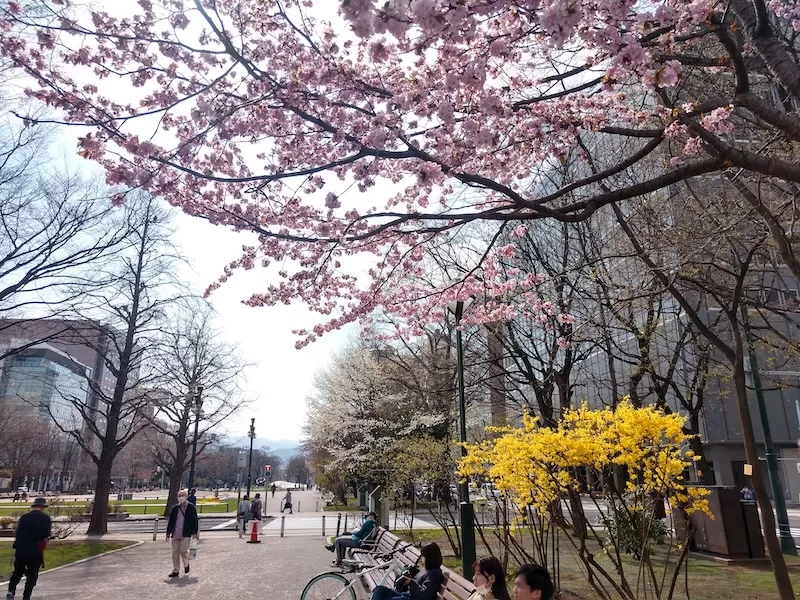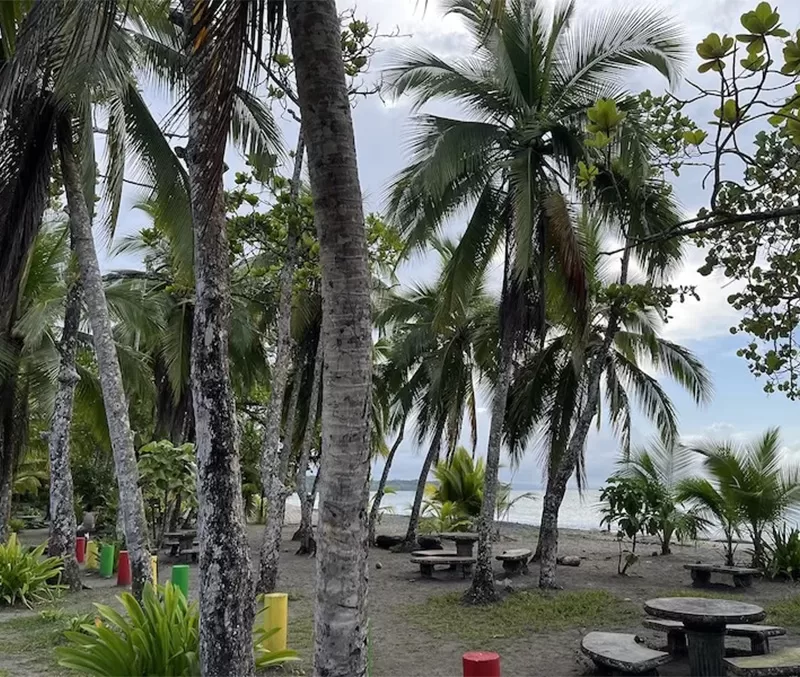Buying Property in Japan’s Snow Paradise
An expat real estate pro highlights Hokkaido, the country’s northernmost island

While Japan tempts travelers for a range of reasons, for those who love snow the choice is clear: it’s all about Hokkaido. Once skiers and snow-lovers get a taste of Japan’s great white north, a short visit could turn into a whole new lifestyle.
Foreign buyers take a variety of approaches to property in Hokkaido, and in this article I’ll examine three: the resort jet-setter, the cosmopolitan urbanite, and the DIY builder.
These profiles help to highlight the array of possibilities in Hokkaido, from its legendary powder to its glitzy capital, Sapporo, and from more modest cabins to high-end penthouse apartments. Expats, investors, and executive nomads would be wise to explore them all.
Read More like this Buying Property Abroad
Why Hokkaido?
Japan is a large country, with a range of experiences and climates that appeal to different lifestyles. For the ultimate in mega-city cool, Tokyo remains the go-to destination for locals and expats alike, but if you want a taste of nature, Hokkaido has much more to offer.
Despite the appeal of its mountains and great natural scenery, the island was largely undeveloped until the end of the 18th century, and remains much less crowded than other parts of Japan. While there are many mountains in Hokkaido, there is also more flat, usable land area.
Even in Hokkaido’s cities, the real estate is less developed and property is a fraction of the cost in major cities. A two-bedroom condo in a nice Tokyo neighborhood like Akasaka might go for $3.5 million, while a two-bedroom condo in Sapporo’s Maruyama district, the city’s trendiest area, would be around $400,000.

Many foreigners who come to Hokkaido on a tourist or student visa fall in love with the area’s slow pace and soon return. When they discover the relatively inexpensive real estate, many start dreaming of moving to Hokkaido full-time.
Beyond the biggest mountains, Hokkaido has so much to offer. Sapporo is Japan’s fifth largest city, with impressive culture, dining, traditions, and nightlife. Hokkaido is home to several major universities and a budding startup scene, boosting its appeal for digital nomads and entrepreneurs, as well as parents with teenage children.
Winter Wonderland

Cities like Sapporo, Niseko, Otaru, Asahikawa, and Furano offer not only snow, but more comfortable average temperatures year-round. In summer, Hokkaido is cooler than most of Asia.
In addition, Hokkaido is home to some of Japan’s most beloved onsen, or natural hot springs. Onsen represent one of the country’s most honored and revered social traditions, and its northernmost island offers Japan’s best snow-viewing onsen.
Tokachidake, at nearly 4,000-feet elevation near the top of Mt. Tokachi in central Hokkaido, is surrounded by nature. Kotan no Yu onsen offers relaxing views of Lake Kussharo and its elegant swans. Utoro onsen overlooks the drift ice of the Sea of Okhotsk, while Lake Shikaribetsu Kotan sits on a frozen lake and appears only in winter, which is unique in the world.
There’s little question that no Japanese region is more enjoyable in winter.
Read more like this The Top Five Cities to Consider for a Winter Move
The Jet-Set Skier
A few decades ago, Australian skiers started arriving in Hokkaido in droves, seeking the island’s famed powder. The Niseko ski resort area, made up of three towns, Niseko, Kutchan, and Rankoshi, gained an international reputation and emerged as the epicenter of Japanese snow.

Developers tried to sell Niseko as the “Whistler of Japan,” but Niseko is much smaller than British Columbia’s globally known resort, or U.S. resort towns like Vail and Jackson Hole. Niseko is, however, a major destination, boasting the island’s highest real estate prices.
An average home in Hokkaido might run $100,000, while a Niseko residence close to the slopes would be closer to $400,000. A 10-year-old condo in a Niseko area resort might go for $300,000, for example, while a luxury custom-made home could sell for more than $1 million.
Buyers that are very well funded can make ski-in ski-out access in Niseko a reality. If that plan does not fit your style, there are many other ways to enjoy the Hokkaido winter.
Sapporo and the City Scene
While Niseko is a popular area, the high prices and seasonal appeal make that route impractical for many. Other areas of Hokkaido offer a better year-round experience, including Sapporo.
The capital delivers the advantages of urban life, more to see and do year-round, plus a down-to-earth Japanese community. For people who love snow but don’t ski, Sapporo offers a much more cosmopolitan experience, with better transportation, shopping, and entertainment.

Underscoring the appeal of Hokkaido’s capital, Sapporo real estate prices have increased each of the past 12 years, and growing numbers of wealthy Japanese are looking at local properties, in part because of the sky-high prices in Tokyo.
At the same time, Sapporo is less expensive than Niseko; a nice condo or detached home might go for $200,000, and foreigners expecting to be in Sapporo for only part of the year can rent their property for short-term stays on platforms like AirBnb.
For those who do ski, the Sapporo Teine resort is just 30 minutes away, and every year the Snow Festival comes to the city center. For many expats and their families, life and work in Sapporo makes more sense than living in the mountains, and offers much more in terms of affordable properties.
DIY Development
The third route some foreigners take is to buy undeveloped property on or near the mountains.
Japan has millions of akiya, or abandoned homes, as detailed in top international news outlets.
But most of them are broken down and require tens or thousands of dollars of investment, if not more, to be made livable. As a result, another option is to find affordable plots in remote but still desirable areas, and Hokkaido is chock-full of these.

Buying a simple, older home or a plot of land within 45 minutes of a ski resort or Sapporo might cost as little as $50,000, or even less. Many foreigners have bought land and built their own home—or bought an older home and cleaned it up–and made it their full-time residence, a winter vacation home, or a lucrative short-term rental for ski birds.
Read More like this Renting vs. Buying Abroad: Which is right for you?
Many such properties are available around Niseko and along the west coast in towns like Otaru and Yoichi. In central Hokkaido, similar properties can be found near the Furano ski area. In winter, these properties require daily drives on snowy roads, but provide easy access to the mountains.
For expats seeking a rural, remote lifestyle, these options might be the right move. But be prepared to speak Japanese and dedicate the time required to be accepted into a small community. If that’s doable, there are bargains worth the extra effort, enabling buyer-builders to share the slopes with neighbors who paid much more for their slice of Hokkaido.
Now’s the Time to Buy
Real estate prices in Hokkaido, and across Japan, have risen in recent years, which is likely to mean strong resale value for property owners. In addition, the yen-USD exchange rate in Japan is very favorable for American buyers at the moment.
With the value of the U.S. dollar at record highs, your funds will go further in Japan at all budget levels. While the snow in Hokkaido is excellent year after year, now is a great time to invest in Japan’s snow paradise.
—————————-
Graham Hill is a real estate consultant at Find Hokkaido Agents and writes restaurant reviews at Ichiban No Machi.

































